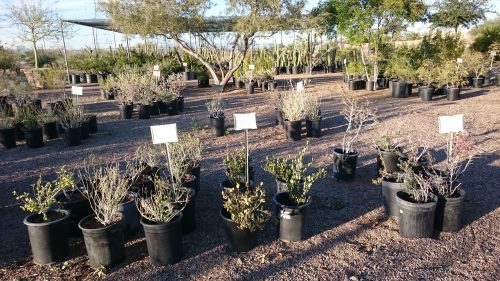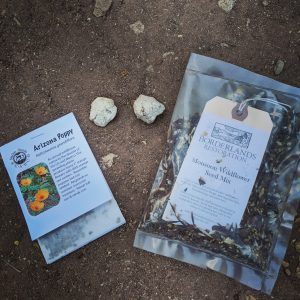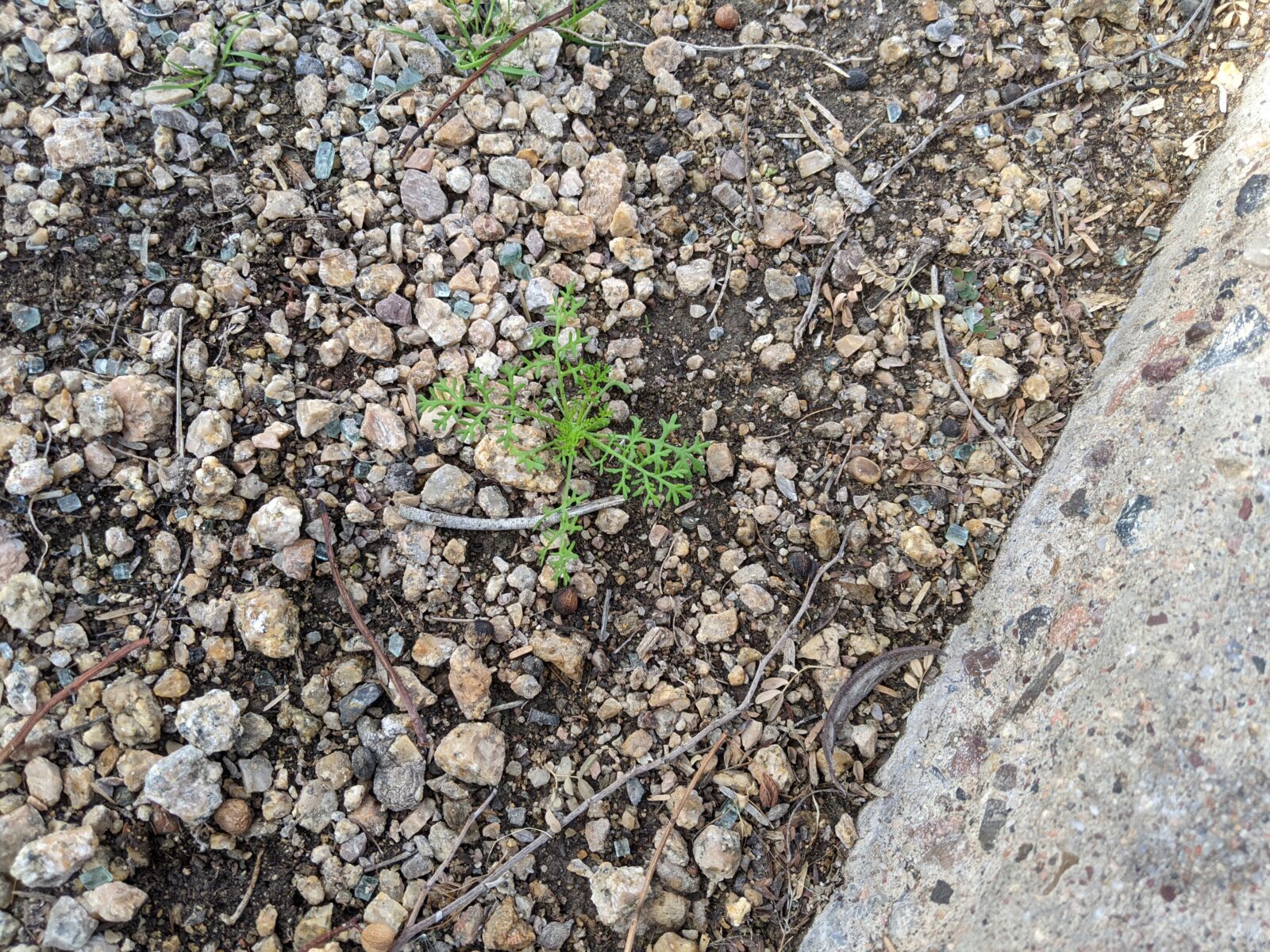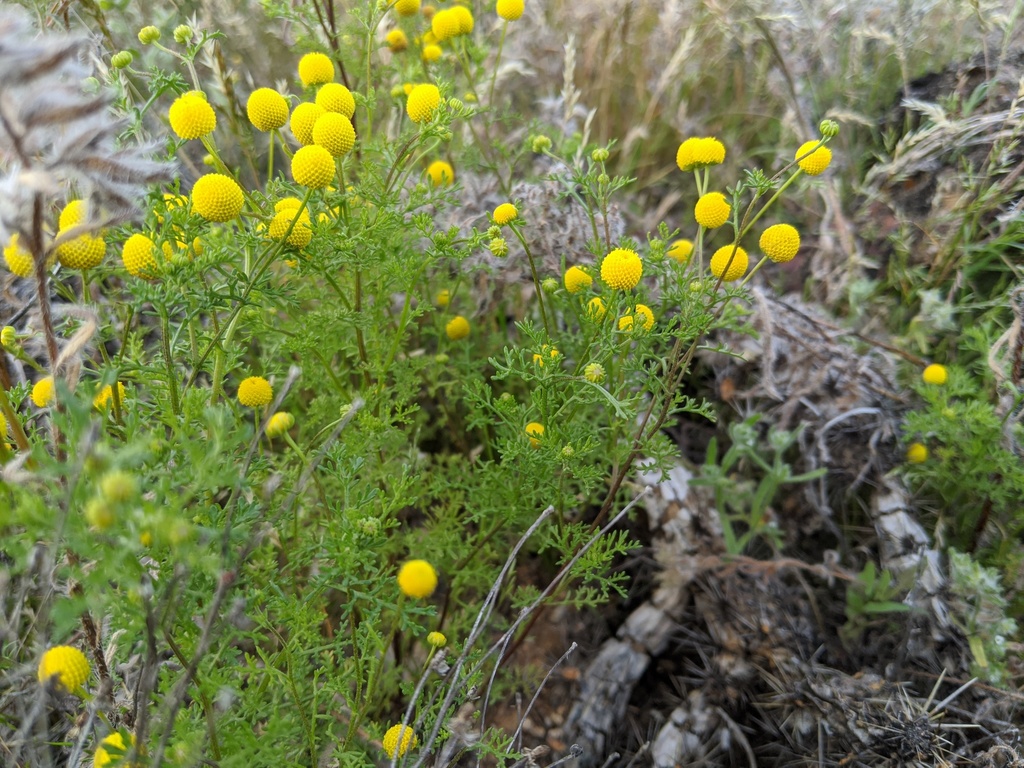Happenings – Spring newsletter
Posted on Mar 02, 2022
The Spring 2022 edition of Happenings is now available! Download a copy to learn more about activities of Arizona Native Plant Society chapters around the state.
We host events periodically throughout the year. Our events are announced at least 2 weeks in advance to our email list subscribers, and posted here on our Chapter webpage. To join our email list, please contact Phoenixaznps@gmail.com.
Our activities are open to Chapter members as well as the general public, unless stated otherwise. If you’re interested in becoming a Chapter member, please view the Membership page. Yearly membership is just $30 for individuals, $15 for students, and $35 for families.
View the AZNPS Events Calendar to learn about upcoming events hosted by other Chapters throughout the state. Also, recordings of many presentations are available to watch on the AZNPS YouTube page.
To stay up to date on our meetings and other activities, please join our email list.
Follow the AZNPS Phoenix Chapter’s Facebook page for more information about local native plants news, research, and events!
We also invite you to follow our Chapter on Instagram and use the hashtag #aznativeplants to help us raise awareness of Arizona’s amazing native plants!
View our Chapter’s Plant List for Metro Phoenix to learn which plants are local to our area. It highlights plants that are: 1) native to the Phoenix metro area, 2) beneficial to wildlife, 3) low-water-use, 4) relatively easy to care for, and 5) generally available at local nurseries or seed suppliers.
The AZNPS Grow Native resources provide additional information about landscaping with native plants, including planning your garden and pamphlets available to download.
We’ve compiled a list of metro Phoenix nurseries that generally offer a selection of native plants.
Some have more variety than others, and inventory changes frequently or may be seasonal. So, it is best to inquire with a few nurseries by phone or email to determine which one suits your needs.
Several local organizations hold desert plant sale fundraisers in the Spring and Fall. We’ll update this announcement if/when additional native plant sales are scheduled in the metro Phoenix area.
Desert Botanical Garden – Spring Plant Sale: March 14 (Garden members), 15 – 17 (public). Reservations required for entry.
Boyce Thompson Arboretum – Spring Plant Sale: March 15 (Arboretum members), 16 – 31 (public)
Butterfly Wonderland – Spring Pollinator Plant Sale: March 15 – 17
Center for Native and Urban Wildlife – Spring Plant Sale: March 21 from 10 am – 1 pm and 5 – 6:30 pm at Scottsdale Community College.

Monsoon season and fall are terrific times to add wildflower seeds to your landscape, assuming it rains! For a wide variety of Arizona native plant seeds, we recommend the following sources:
Maricopa Native Seed Library – The public may obtain up to 3 free seed packets per month. Available at several Maricopa Community Colleges libraries.
Glendale Public Library: Seed Library – Library card holders may obtain up to 3 free seed packets every 7 days. Mostly garden seeds, but some wildflower seeds are available.
Desert Botanical Garden – Purchase seeds online or in person at their Garden Shop.
Native Seeds/SEARCH – Purchase seeds online from their conservation farm in southern Arizona.
Borderlands Restoration Network – Purchase seeds online or visit their nursery in Patagonia.

If you feel there’s a local nursery, native plant fundraiser, or seed supplier we should add to our list, please let us know!
Many local organizations host free or low-cost seasonal nature walks, interpretive hikes, gardening classes, and educational activities with a focus on native plants & habitats. Learn more by clicking on the links below.
Maricopa County Parks & Recreation
Liberty Wildlife – Free nature walks
Center for Native & Urban Wildlife
| Name | Role | Contact |
| President | Phoenixaznps@gmail.com | |
| Vice President | ||
Want to get involved? We've got just the thing!
Conservation Volunteer Opportunities
If you are interested in volunteer activities related to restoration, invasive species control, gardening, conservation, or scientific research, we recommend contacting the following organizations.
Citizen Science Opportunities
These are citizen science and community science projects you can participate in on your own at home, during a walk in your neighborhood, or while visiting Arizona’s public lands.
Contribute photos and information about your wildlife sightings to have them identified by other iNaturalist users. “Research grade” observations also contribute to scientific research.
Help the Desert Botanical Garden document saguaro cactus in the urban areas of metro Phoenix and take notes on their overall health. You may also submit reports of dead saguaros. A training event is scheduled for November 14. See the Desert Botanical Garden website for more information and to RSVP.
Desert Refuge – Monarchs and Milkweeds in Arizona
Document the presence of monarchs and the seasonal changes of milkweed at a location of your choosing.
Document the seasonal changes in plants or animals near your home by becoming a USA – National Phenology Network observer.
Observe plants as part of this national program to help scientist understand how plants are responding to long-term changes in climate. Or, join their Milkweeds and Monarchs project which is studying whether monarch butterflies prefer to lay eggs on non-flowering milkweed plants.
Libraries as Hubs for Citizen Science
Visit a participating library that loans out citizen science tools and supplies.
Contribute invasive buffelgrass observations to the USA – National Phenology Network’s Buffelgrass Green-Up phenophase map.
Monarchs need milkweed and nectar plants, so hopefully you have these growing in your yard or neighborhood! Join this monarch “tagging” project to help document Western monarch migration.
A special initiative in metro Phoenix to identify and map invasive plants. There is also a special project dedicated to locating stinknet (Oncosiphon piluliferum/pilulifer).
While visiting National Forests and other wild lands, keep an eye out for invasive plants.
Help RiversEdge West track the spread of tamarisk beetles (Diorhabda spp.) across the western United States and Mexico. Data is used for an annual distribution map that notes presence and absence of tamarisk beetles.
Western Monarch Milkweed Mapper
If you see milkweed plants or monarch butterflies, eggs, or caterpillars while outdoors, take a photo and submit your sighting to this regional project.
Participate in their Land Cover project to help scientists create better maps. Or, join the Trees project by taking height and circumference measurements.
Native plants attract a variety of birds. Report the type of birds you see in your yard, neighborhood, or local park.
Native flowering plants are essential for bumble bees. Help scientists track their populations by submitting photos of the ones you see.
If you have a rain gauge at home (or decide to purchase one), join this Arizona rainfall monitoring network to submit your daily rainfall totals.
Select from a variety of online projects to contribute to real academic research from your own computer.
Access digitized natural history data online to help transcribe and decipher field notebooks, photographs, museum labels, and data sheets from around the world.
Posted on Mar 02, 2022
The Spring 2022 edition of Happenings is now available! Download a copy to learn more about activities of Arizona Native Plant Society chapters around the state.
Posted on Feb 01, 2022
The Winter 2021 edition of Plant Press Arizona is now available to view or download for free from our website.
Read for an introduction to Arizona’s “lower plants” and plant-like wonders, including mosses, liverworts, fungi, lichens, and slime molds. You’ll also discover where to find them, so that you can look for them on your next excursion!
Past editions of Plant Press Arizona are also available to view or download from our online archive.
Posted on Jan 04, 2022
Responding to the copious winter rains, Stinknet (Onchosiphon pilluliferum) is currently emerging in the Phoenix area. This annual plant emerges in winter and early spring when there has been moisture (either due to rain or irrigation). It goes to seed and dies starting in April, posing a fire risk.
Stinknet is an Arizona Noxious weed that has rapidly infested the Phoenix metropolitan area over the past 5 years. The Stinknet history in Arizona was recently published in Plant Press Arizona. You can also read more about Stinknet on our Invasive Plants web page.
AZNPS has produced a trifold printable brochure with descriptions of this invasive plant, its growth, and its control. Please review the brochure and then take action to help control the spread of Stinknet!




Comments and questions about Stinknet can be addressed to our Conservation Chair, John Scheuring, at aznps.stinknet@gmail.com.
See what your chapter has been up to!